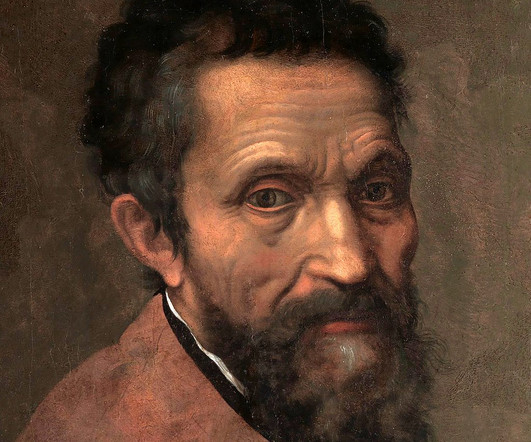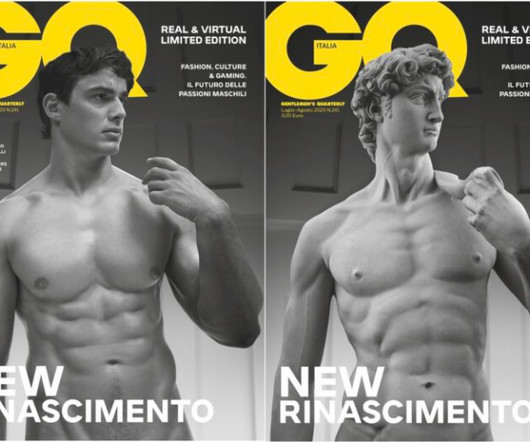Michelangelo’s David and cultural heritage images. The Italian pseudo-intellectual property and the end of public domain
Kluwer Copyright Blog
JUNE 14, 2023
107-108 of the Legislative Decree 42/2004 , Cultural Heritage Code “Codice dei Beni Culturali” (the public law on the regulation of cultural heritage) and, by analogy, art. They merge and overlap pecuniary and non-pecuniary interests, such as public law (Legislative Decree 42/2004) and private law (Civil Code).












Let's personalize your content